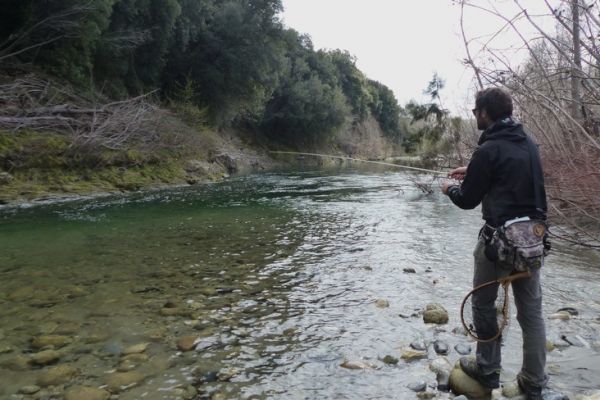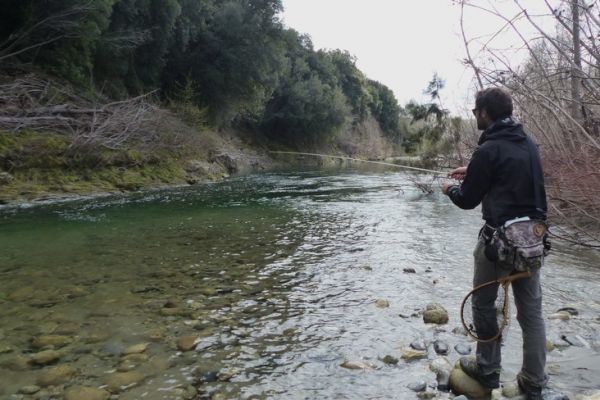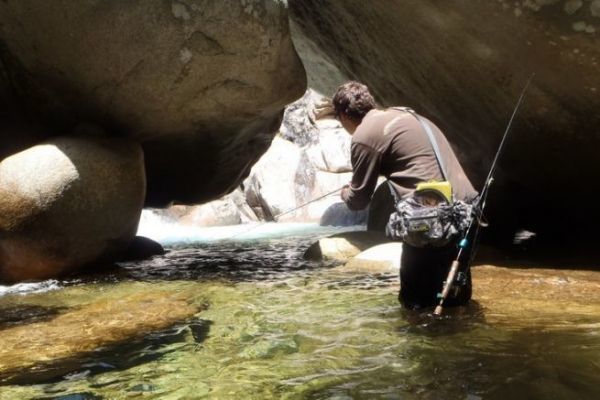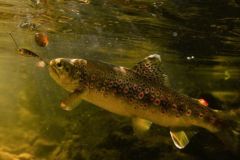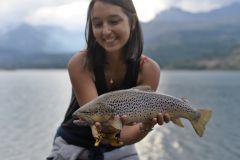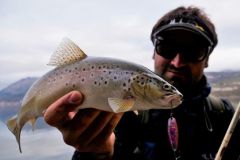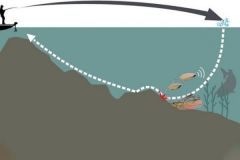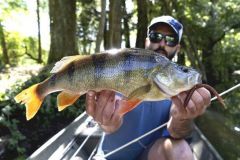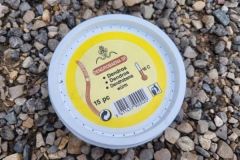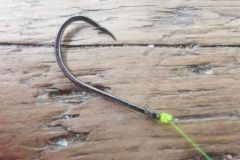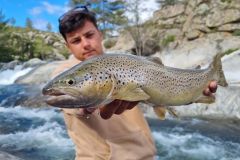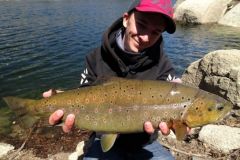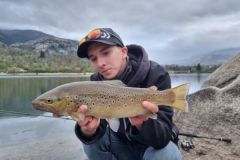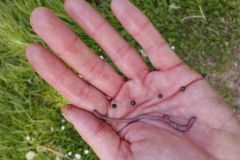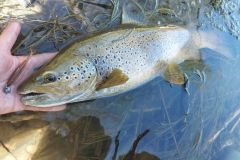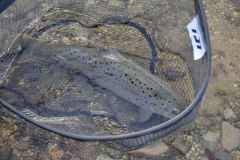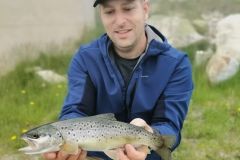What is "downstream" fishing?
Fishing downstream means working the lure against the current.
The angler casts his lure downstream (possibly at an angle, ¾ downstream...) and brings it back against the force of the water.
Adapting your equipment to downstream fishing
Here again, the choice of reel is important, as opposed to that for upstream fishing.
An intermediate or low ratio (PG for Shimano, meaning Power Gear, i.e. a ratio of 4.2 to 5 for 55 to 65 cm of retrieve per crank revolution) is ideal. Few anglers know this, but the higher the ratio, the less torque (power) the reel has.
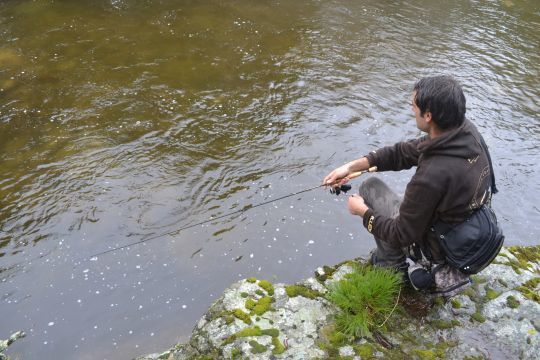
It's a bit like a bicycle crankset. Take a large chainring, you have to "grind" fast (lots of crank turns without forcing, but few wheel turns) and the bike goes up easily and with minimal effort... Fishing is much the same.
Fishing downstream with a high-ratio reel is like cycling up a hill with the small chainring... It's hard and you push a lot. It's hard to reel in a big fish when fishing downstream with a high-ratio reel.
To finish with the reels, this is one of the reasons why high-ratio reels have a larger crank for the same reel size, as the crank length allows for a greater lever arm and therefore less effort to exert on the crank and more fluidity to set the reel in rotation.
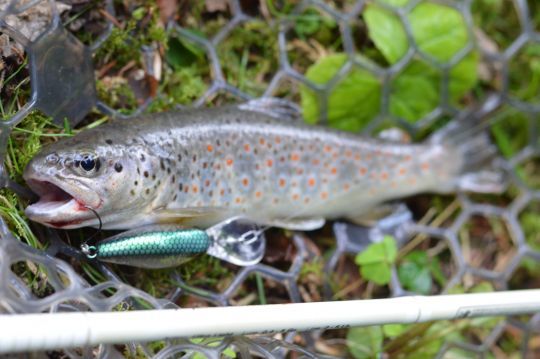
Fortunately, the reel doesn't work alone in reeling in a fish that can weigh a lot on the line. If you only have "high ratios", the rod will enable you to reel in the fish. You'll have to raise the rod without reeling and retrieve the streamer by lowering it, and so on.
However, this requires a more powerful rod than for upstream fishing, and the fight takes place with jerks, which are not recommended if you're fishing without barbs... In addition to the reel's "low ratio" torque, there's no need to bring back fast when fishing downstream.
Large-bibbed swimming fish
In this case, we methodically comb the currents and insist on positions and veins conducive to triggering a trout's attack and excitement.
This is particularly true when trout are focused on minnows or gudgeon. The lures to remember for me are the large bib swimbaits. Unlike sinking lures, these are diving lures. It's not the sinking density that brings them close to the bottom, but the force of the current exerted on the surface of the bib that makes them dive. The height of the rod will directly induce the swimming depth of the lure. I drive according to the contact of the lip with the bottom and the strength of the current. Bites are often heavy, as the fish quickly weighs down the rod.
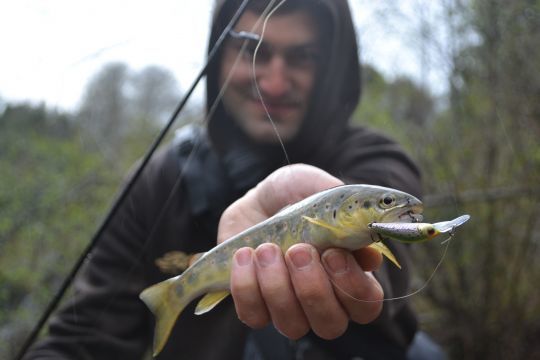
Downstream fishing allows you to fish with insistence in the current veins of large or flat rivers. We're looking for fish with a lure that moves quite naturally in the current and close to the bottom.
The angler in front of the fish will have to be discreet in his approach, at the risk of scaring off and sending the trout nose-first into the current. Casting can be less precise than upstream, simply by speeding up or slowing down the retrieve and playing with the lure's drift to get it where you want it to go.
